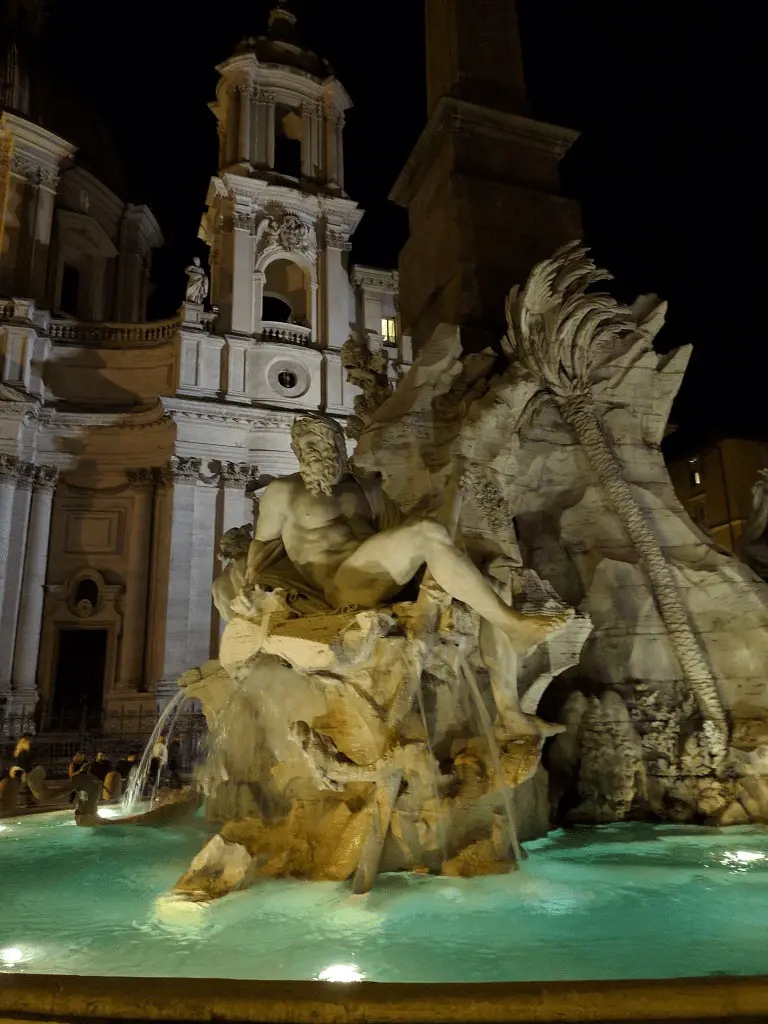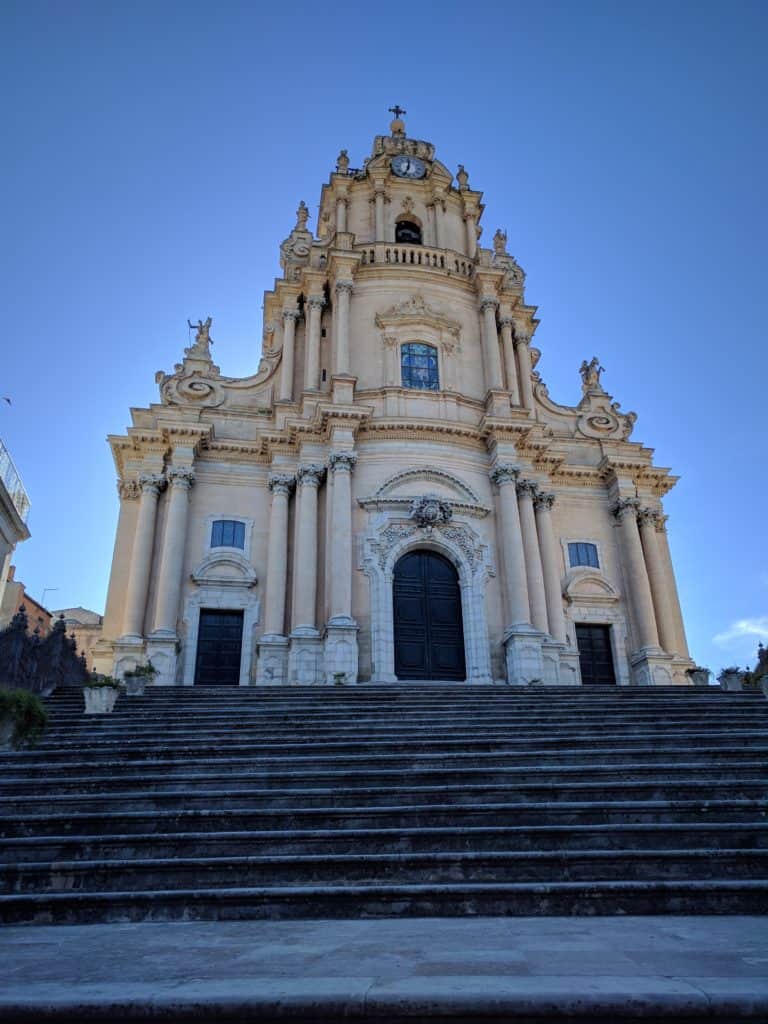Featured in films such as The Talented Mr Ripley (1999), Piazza Navona in Rome, Italy, is everything you would want from an idyllic Roman square.
Look beyond it’s modern day italian features and Piazza Navona actually has it’s origins in ancient Greek traditions.

The square was originally designed for athletic contests in the the nude Greek fashion. The stadium was officially opened before AD 86, by the emperor Domitian. The Romans never really took to athletics in the nude, so it was used for various other events including executions and gladiatorial games.
The shape of the piazza, curved at the north end and straight at the south, preserves very closely that of the ancient running track. All the buildings around are built on top of the original seating. A sizeable sector of the substructures were exposed when buildings in the centre of the northern end were demolished in 1936, in a scheme to open the vista to the river. The scheme was aborted, however you can still see the substructures if you take the Via Agnole out of the Piazza and turn left.
There were two tiers of seats, capable of holding about 30,000 spectators, similar to the Colosseum. The arcades were notorious hangouts for prostitutes of both sexes, a reputation which has coloured the story of St Agnes, whose martyrdom in the stadium in AD 304(?) is commemorated in the huge baroque church(Borromini 1657) on the west side of the square.
Bernini’s Four Rivers Fountain (1651)
The four rivers represent the continents:
- The Ganges (Asia)
- Danube (Europe)
- Rio de la Planta (the Americas)
- The Nile (Africa)
The obelisk at the centre of this fountain is made of Aswan granite and is 16.54 meters high. The hieroglyphs on the shaft were cut by Roman (not egyptian) stonecutters and offer an ode to the Emperor Domitian. You could consider it a Roman-era fake.




